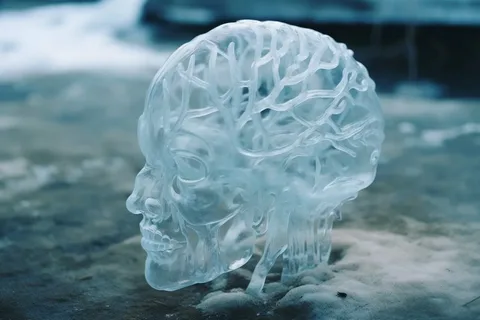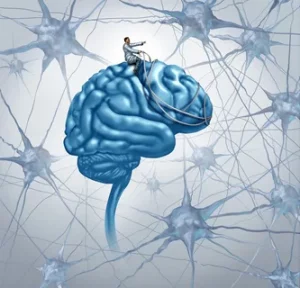- 20 February 2024
- 230
Frozen Pain: Delving into the Triggers of Brain Freeze

Understanding Brain Freeze
Brain freeze, scientifically known as sphenopalatine ganglioneuralgia, is a sudden, sharp headache that occurs after consuming cold food or drinks rapidly. While it typically lasts only for a few seconds to a minute, its intensity can be debilitating. Understanding the triggers and mechanisms behind brain freeze can help mitigate its occurrence and alleviate discomfort.
The Physiology of Brain Freeze
When cold substances, such as ice cream or frozen beverages, come into contact with the roof of the mouth, the blood vessels in this region constrict rapidly in response to the cold temperature. This constriction is the body’s natural attempt to conserve heat and maintain core temperature. However, the sudden narrowing of blood vessels leads to a rapid increase in blood pressure within the skull, resulting in the sensation of pain. Explore More About (High Heart Rate)
Triggers of Brain Freeze
Rapid Consumption of Cold Foods
One of the primary triggers of brain freeze is consuming cold foods or beverages too quickly. When these icy substances come into contact with the warm tissues of the mouth, it creates a drastic temperature differential, prompting the body to react defensively by constricting blood vessels.
Sensitivity to Cold
Individuals vary in their sensitivity to cold temperatures. Some people may be more prone to experiencing brain freeze due to heightened sensitivity in the nerves of the mouth and throat. Additionally, individuals with a history of migraines or tension headaches may be more susceptible to brain freeze.

Managing Brain Freeze
While brain freeze is typically harmless and resolves on its own, there are several strategies to manage and prevent its occurrence.
Slow Consumption
The most effective way to prevent brain freeze is to consume cold foods and beverages slowly, allowing the mouth to gradually acclimate to the temperature. Taking small bites or sips and allowing them to warm up slightly before swallowing can help reduce the likelihood of triggering a brain freeze.
Temperature Moderation
Another approach is to moderate the temperature of cold foods and drinks. Allowing ice cream to soften slightly or opting for beverages that are not excessively cold can minimize the temperature shock to the mouth and mitigate the risk of brain freeze.
Mindful Eating
Practicing mindfulness while eating or drinking can also help prevent brain freeze. Being aware of the sensations in the mouth and taking breaks between bites or sips allows the body to adjust to the cold temperature more gradually.

Preventive Measures for Brain Freeze
| Preventive Measures | Description |
|---|---|
| Slow Consumption | Consume cold foods and beverages slowly to allow gradual acclimation of the mouth to temperature. |
| Temperature Moderation | Moderate the temperature of cold foods and drinks to minimize temperature shock to the mouth. |
| Mindful Eating | Practice mindfulness while eating or drinking, being aware of sensations and taking breaks as needed. |
Conclusion
Brain freeze is a common phenomenon experienced by many individuals, especially when indulging in cold treats. By understanding its triggers and implementing preventive measures, such as consuming cold foods and beverages slowly and mindfully, it is possible to minimize the discomfort associated with brain freeze. Incorporating these strategies into everyday eating habits can contribute to a more enjoyable and pain-free dining experience.

